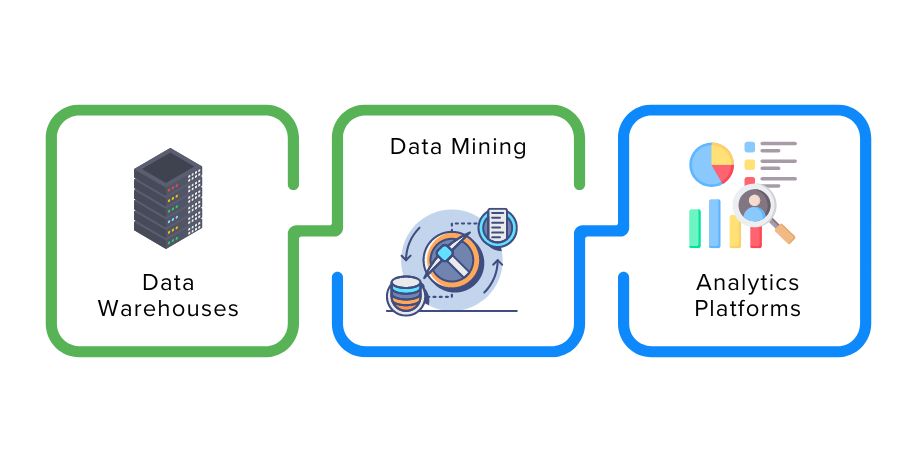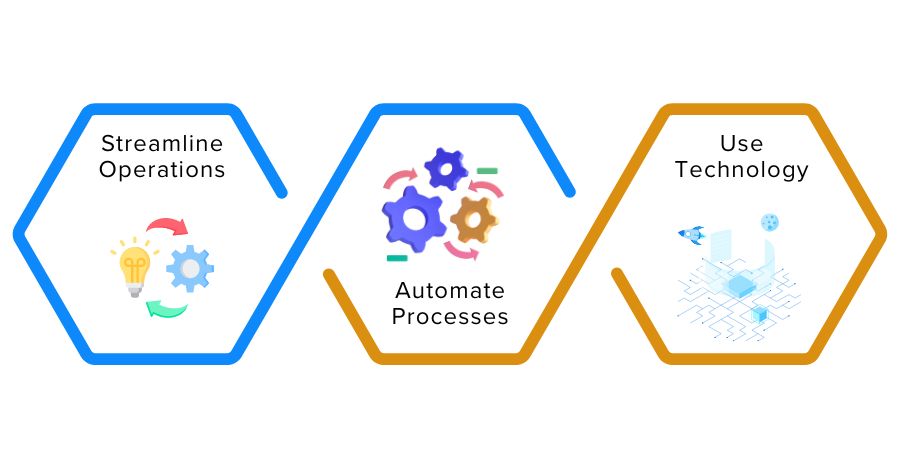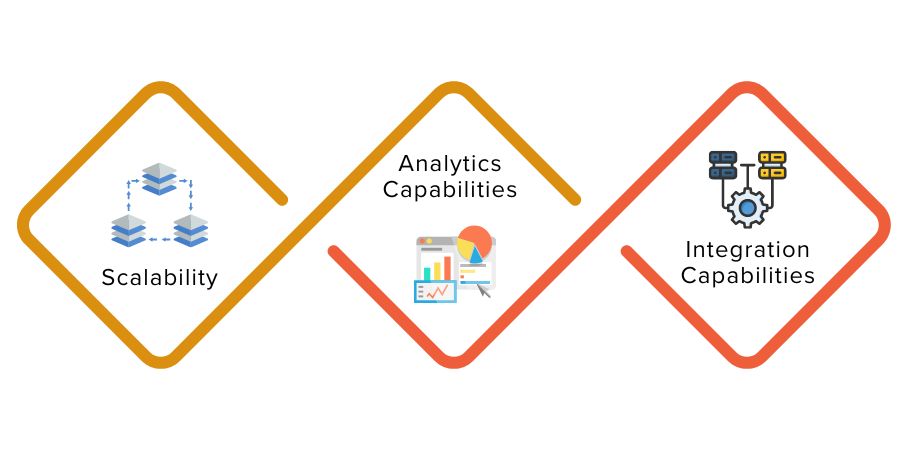
What is DataOps?
DataOps is a term used to describe the process of transforming data into actionable information. DataOps helps organizations achieve their business goals by ensuring that data is accessible and useful for decision-making.
Types of DataOps Tools
Several tools can be used to help manage and monitor data. Each tool has its strengths and weaknesses, so it’s important to choose the right one for your organization. Here are some of the most common types of DataOps tools:
1. Data Warehouses
A data warehouse is a collection of data stored in a centralized location that can be used to analyze how the company is performing. Data warehouses can help managers understand customer behavior, trends, and performance information. They can also help identify problems early on and make informed decisions about how to react.
2. Data Mining
Data mining is analyzing large amounts of data to find patterns or insights you didn’t expect to see. It can identify customer behavior problems, track customer movements across different channels, and detect unauthorized activity.
3. Analytics Platforms
These tools allow users to perform complex analyses on large datasets using pre-built algorithms.
The History of DataOps
The history of DataOps is full of innovation and progress. As the world becomes increasingly digital and reliant on data, organizations are turning to DataOps. Let's have a look at a few notable moments in the history of DataOps:
- In the early 1900s, scientists used data analysis to help predict weather patterns. During World War II, data was used to track enemy movements and plan attacks.
- In the 1970s, companies began using computers to store and manage large amounts of data. In the 1990s, companies began using data analysis to improve their marketing efforts.
- Today, DataOps is essential for companies of all sizes to manage their information securely and effectively.
Principles of DataOps
DataOps can help organizations achieve their business goals faster and more effectively. There are several essential principles behind DataOps, which are as follows:
- Streamline Operations: You can help eliminate redundancy and improve communication by working together as a team.
- Automate Processes: By automating tasks, you can save even more time. It makes it easier for people to focus on what they’re good at instead of repeating tedious tasks repeatedly.
- Use Technology: By using technology tools like big data analytics, machine learning, and artificial intelligence, you can get your job done faster.
Factors Influencing DataOps Tool
A number of factors influence the choice of the DataOps tool, including the size and complexity of the data, the type of data, the infrastructure requirements, and the team skills. The following are some key factors that influence DataOps tool selection:
1. Scalability
DataOps tools must be scalable to handle large amounts of data. If the tool can't handle large amounts of data, it may not be suitable for use in a DataOps environment.
2. Analytics Capabilities
DataOps tools must have analytics capabilities to allow for the analysis and interpretation of data sets. These capabilities can include things like reporting and visualization tools.
3. Integration Capabilities
DataOps tools should have integration capabilities to allow for the sharing and collaboration of data between different parts of an organization. It allows for streamlined decision-making and improved overall business performance.
The Necessity of DataOps for Organizations
DataOps is the practice of optimizing data processing and governance in an organization as it can improve its ability to respond to changes in its environment and access new sources of information. Hence it is an essential part of any organization's success. Here are the reasons why:
- Increased Efficiency and Accuracy: DataOps can help increase efficiency and accuracy by streamlining data collection, analysis, and decision-making processes. It can improve overall performance and enable businesses to make better decisions quickly.
- Improved Visibility and Control: DataOps can also help improve visibility and control over individual data sets, allowing businesses to identify issues earlier and take corrective action. It helps ensure that data is accurate and reliable, reducing the risk of costly mistakes or lost revenue.
- Improved Customer Experience :By improving customer experience through enhanced analytics, DataOps can help reduce customer complaints and support faster problem resolution across multiple channels such as marketing, sales, support, etc. It ultimately benefits customers and the business in terms of increased revenue and decreased costs.
Conclusion
DataOps is one of the most important aspects of any business. In this introductory guide, we discussed some key concepts in DataOps so you can get an overview of what it takes to run a successful data operation.



























 Batoi Corporate Office
Batoi Corporate Office


